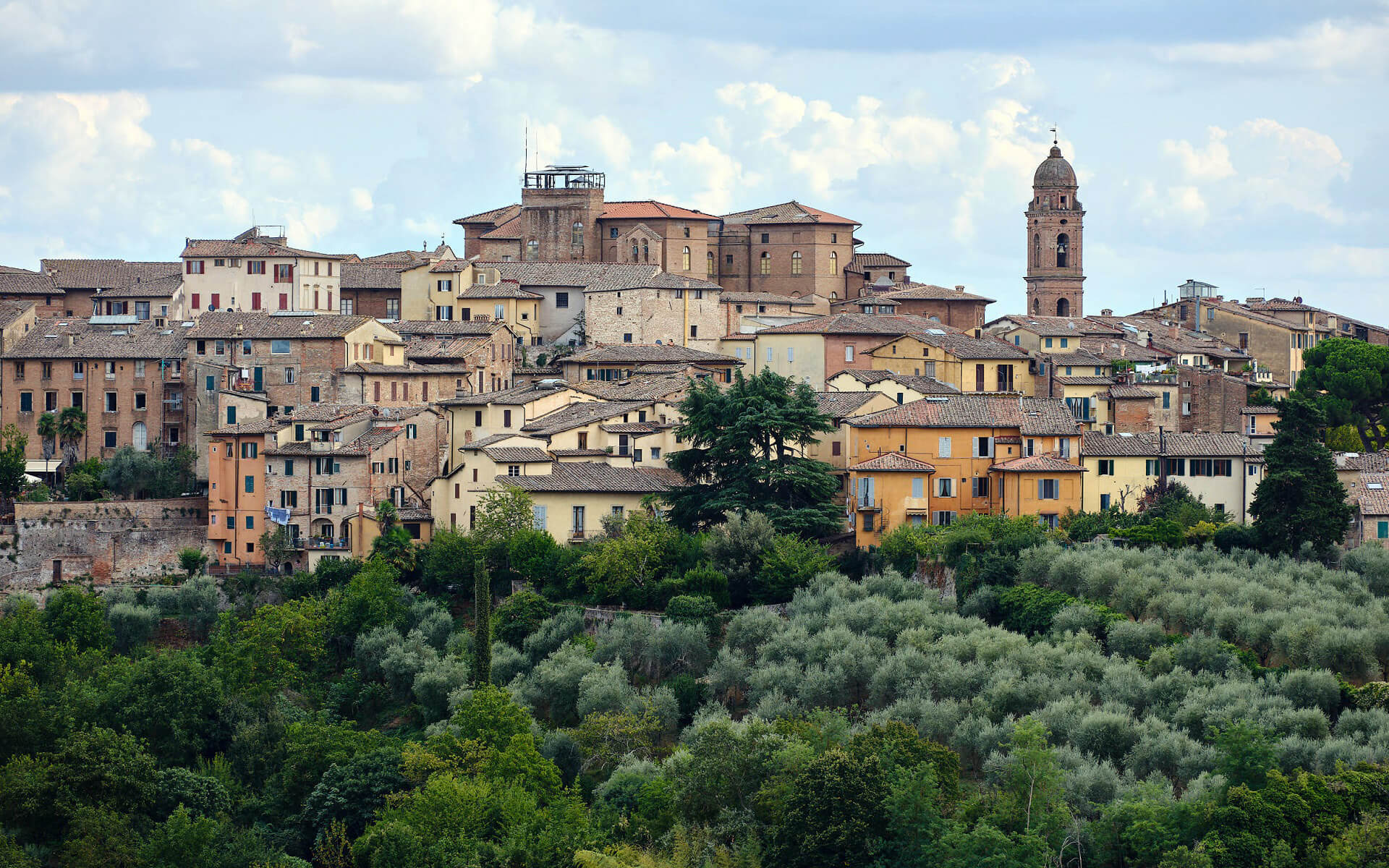Siena is a city in the Italian region of Tuscany. It is the provincial capital of Siena.
UNESCO has designated Siena’s historic center as a World Heritage Site. It is one of the most popular tourist sites in the country, with over 163,000 foreign visitors in 2008. Siena is well-known for its food, art, museums, medieval architecture, and the Palio, a twice-yearly horse race.


